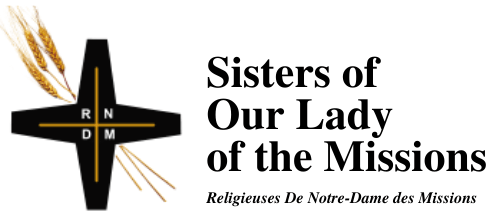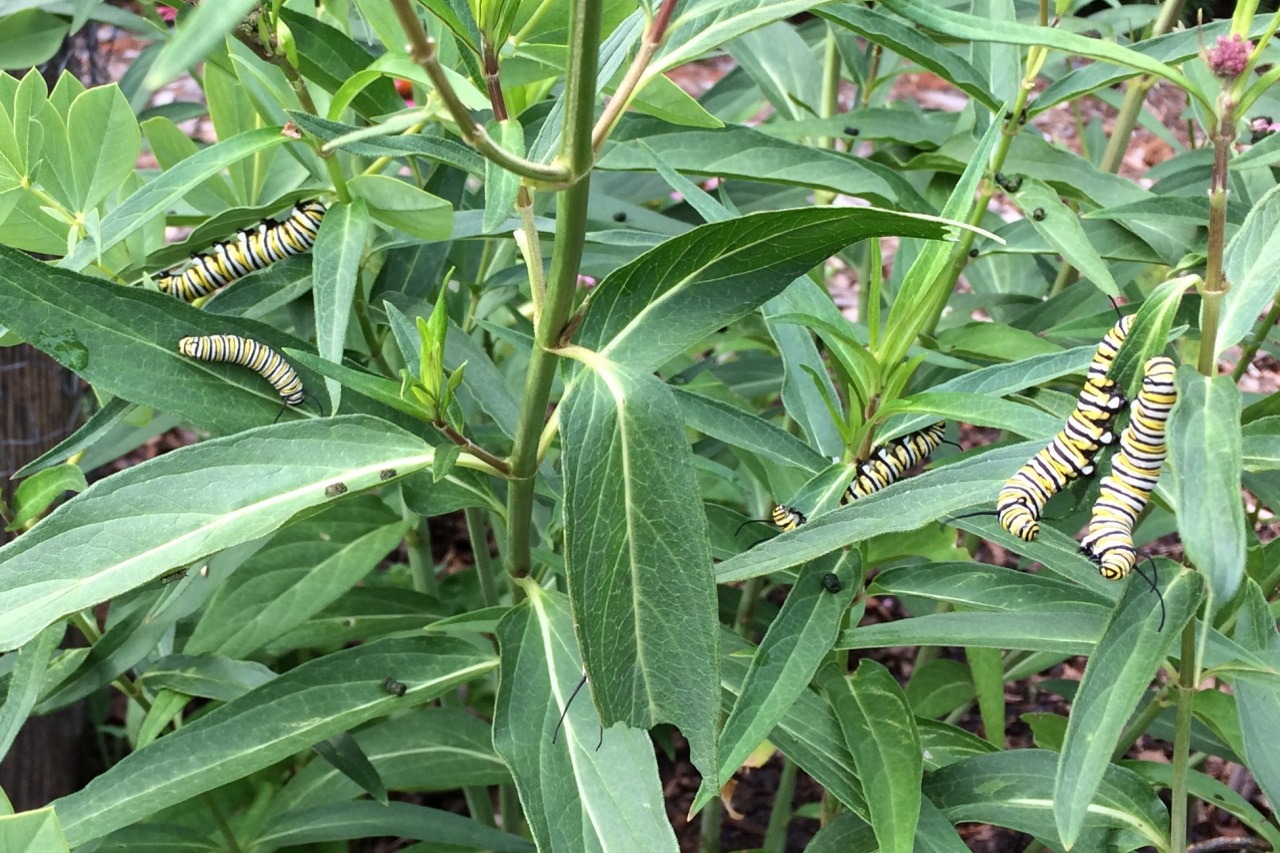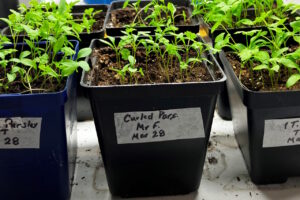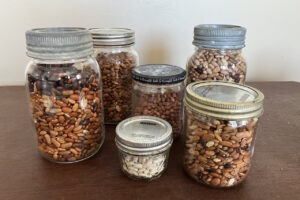“I spent the summer travelling. I got halfway across my backyard.”
–Jean Louis Agassiz, 19th C. Swiss-American naturalist/geologist1
Several summers ago, I began the practice of taking a slow morning walk through all the areas of our garden, coffee cup in hand and mind focused on noticing — noticing the growth of annual and perennial plants; noticing the presence of various beetles, caterpillars, birds and mammals, or evidence of their activity: many tiny holes on the leaves of crops from the cabbage family revealing that flea beetles are around; seedlings of beans or tomatoes cut off at the soil surface, indicative of cutworm activity; gauze-like nests hanging in trees built by and full of tent caterpillars warning of future defoliation if not removed; or pieces missing from tender green lettuce, chard and beet leaves, showing me that a member of our resident rabbit family has enjoyed a meal. I have also observed increasing numbers of insects, many species unseen in earlier years.
Not all my observations require deterrent action from me. This June, I discovered a pure white spider on equally pure white peony petals, reminding me of a David Attenborough documentary about how various creatures change colour to match their surroundings for protection from predators or to surprise prey for the next meal. Finding thirteen monarch butterfly caterpillars on the Swamp Milkweed (Asclepias incarnata) plant, grown for this very reason, was a summer highlight last year. Listening to the steady buzz of bees as they collect pollen from the small, blue, star-shaped Borage (Borago officinalis) flowers is pleasing to me, and I trust that these bees will find their way to the nearby yellow blossoms of the cucumbers and squash that depend on their activity to pollinate their flowers too! Standing completely still while observing a ruby-throated hummingbird sip nectar from ‘Blue Boy’ Clematis flowers is always a thrill. Seeing a robin sitting on the Saskatoon bush in July sends me the message that the berries are ready to pick. Most mornings, it takes quite a while to make the journey from one end of the garden to the other.
Entomologists say that only about 10% of insects in the garden are harmful in some way. The rest are either beneficial or benign. When I learned that so many of the insecticides promoted for use in gardens are non-selective — they will poison both the harmful and the beneficial creatures — and that birds depend on insects to feed their young, I vowed to employ less harmful strategies to protect plants I’m trying to grow.
Practices that have worked well in our garden are removing various beetles and caterpillars by hand and setting up appropriate barriers to prevent other hungry creatures from making a feast of the edible crops: applying row covers over cabbage and kale to keep flea beetles and cabbage butterflies out; placing nails along stems of young plants to prevent cutworms cutting through them; and setting up chicken wire fencing to tell the rabbits they need to eat elsewhere. I’m learning to accept some damage to plants after hearing someone say that if there’s nothing eating plants in a garden, it’s not an ecosystem! And, I’m asking myself the following question: If I say that I respect diversity, how am I supporting this with my actions?
As I reflect on my summers spent in this garden, I’m realizing that the journey I take through it every day is more than a physical one.
1 Quote taken from https://uwm.edu/field-station/life-on-the-pond/ on July 30, 2022
Wendy spent a good part of her adult life moving with her husband, never staying long enough to see an apple tree mature and bear fruit. When they retired, developing a food garden and planting hardy ornamentals became a passion. Weaving her previous studies in nutrition with her current interest in gardening has become a stimulating and life-giving activity.





Thank you for sharing your long-walks in your garden with us, and letting us notice the unfolding garden life along with you. Your attentiveness is an invitation for me to pay close attention too. Your line that “if there’s nothing eating plants in a garden, it’s not an ecosystem!” stays with me, and challenges me to be a more conscious of how I relate to the various life-forms in our garden.
Thanks dear Wendy! Indeed, “how am I supporting diversity with my actions?” You sure can learn a lot from a garden!!!
Have been late catching up with your columns and was delighted to read again the wonders of what is not just simply “a garden”. The complexity astounds and after reading this latest blog realize how remiss I have been in tending mine own this summer. You’ve sent me back out. Thank you.